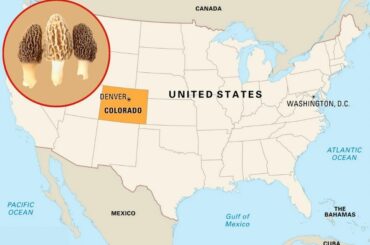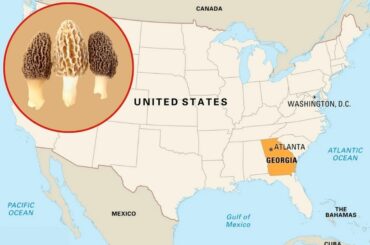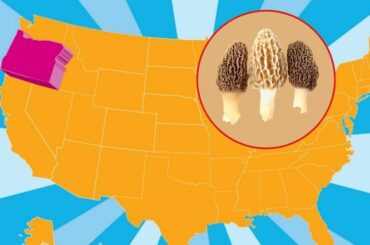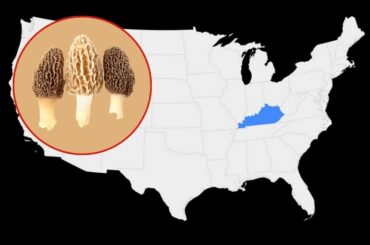What is trich in mushrooms? Trich in mushrooms is the mushroom cultivation contamination that occurs due to Trichoderma molds. Trichoderma is a fungus that grows in soil and it is spread worldwide. When the mushrooms are cultivated, contaminations may occur by Trichoderma mold, Bacillus spp. like bacteria and Hypomyces spp. like Cobweb molds.
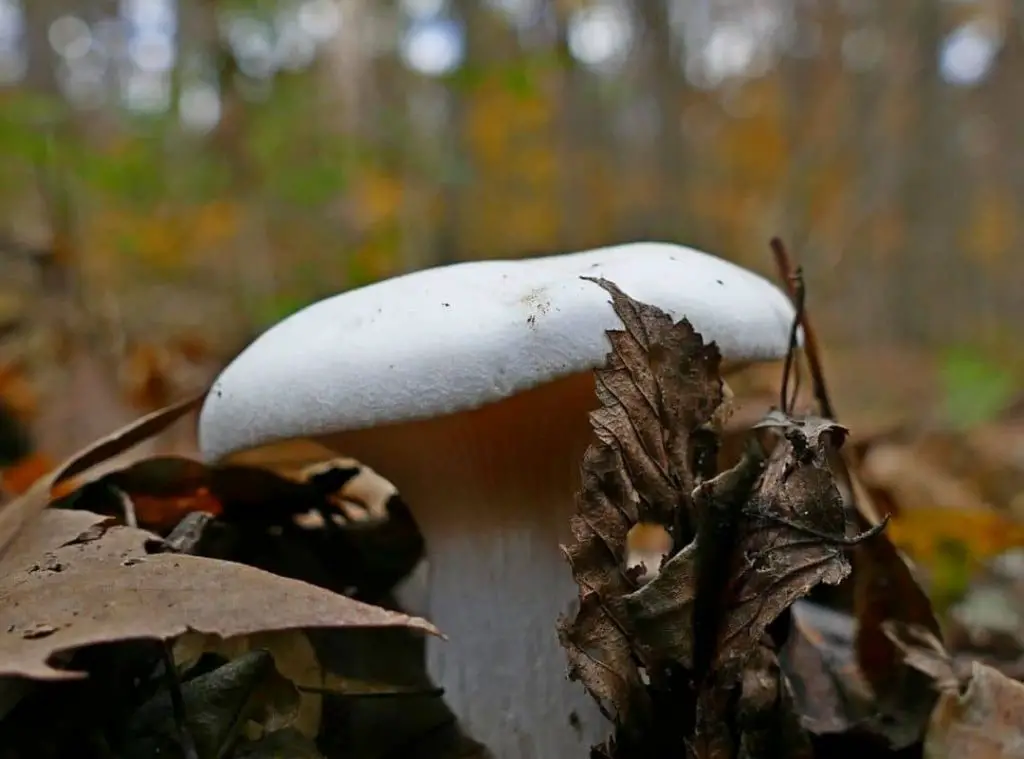
This is the most popular cultivated fungus in the soil and mostly grows around the root systems of plants. Therefore Trichoderma species are known as ‘Rhizocompetent species’. These plant symbiont fungi therefore Trichoderma is used as bio- fungicides in agriculture (Trichoderma harzianum).
Trichoderma has a positive impact on enhancing the plant defense system but when considering the mushroom cultivations, this is the most competitive mold for the mushrooms. Because Trichoderma acts as a parasite to other fungus types. Trichoderma is a serious problem in mushroom cultivation. This is called ‘Green mold disease’ (Trichoderma viride).
What does trich look like?
Contents
Trichoderma is a plant symbiont fungus that is transparent at its initial status of colonies. Trichoderma has branched conidiophores. They secrete secondary metabolites and those metabolites have colors. Trichoderma colonies have white or green color colonies. Trichoderma colony color varies when the cultivation medium changes. As an example, Green color Trichoderma colonies: when grown in potato dextrose agar Some of the other colors of Trichoderma colonies are Dull green, bluish green, white and pale yellow.
Not only the colony colors but also some morphological characters are changed when the culture medium changed. The morphological characteristics are conidiospores character, conidia shape, phialid character and chlamydospore formation.
The reproductive structure is conidosphores and it is an asexual reproductive structure. It is irregularly shaped and branched. Grow as small dense clumps. Conidios are ellipsoidal single cells. Conidos have a rough or smooth texture.
Some Trichoderma species produce some unique odors such as coconut odor and this feature is used in food flavoring processors. They grow better at 25°C to 35°C temperature and it also has a wide range of PH value. Trichoderma grows mainly in the soil as well as grows saprophytically in woods-like substrates too. Trichoderma species secrete proteolytic enzymes and secondary metabolites. This property of Trichoderma is used in agriculture to prevent fungal plant pathogens.
Trichoderma reesei and secrete cellulase enzyme and xylanases enzyme is used in the production of second-generation biofuel, pulp and paper industry, textile and pharmaceutical industries.
What causes trich in mushrooms?
The parasitic activity of Trichoderma affects other parasitic species like mushrooms. This is called hyperparasitism and the situation known as ‘Green mold disease’. Trichoderma grows on the other fungi types and acts as a parasite of other fungi. The main factors affecting the growth of Trichoderma are the PH level of the substrate, humidity and ventilation. When considering mushroom culturing, the mushrooms are contaminated with guest spores of Trichoderma.
This contamination occurs via air, animals like bees or flies, and equipment (mushroom pickers, pots) contaminated with spores. After the Trichoderma spores stick to the substrate (on the mushroom) and start to spread quickly. Trichoderma is penetrating the mushroom and it leads the way to destroying mushroom cultivation.
How to get rid of trich on mycelium?
The main reason for contaminating mushroom cultivation is nonsterile conditions. When you recognize the contamination of Trichoderma on mushrooms, the first step is to isolate the healthy mushrooms. Trichoderma shows resistance to pesticides and to chemicals. But you can use hot water (60°C) and dip the mushrooms for 30 minutes. But it is not safe to keep healthy and hot water-treated mushrooms together.
If the substrate is in the cultivation room, then you should sterilize the cultivation room for 12 hours at 66°C. If the substrate is in the cultivation room, then you should sterilize the room for a 24 hours time period.
If the cultivation room has no steamer, then you should Sterlite the pots and the substrate for 24 hours. If the Trichoderma contamination is a small patch, you can spray isopropyl alcohol on the infected area. But you should be careful not to spray on mushrooms. If you have no isopropyl solution, you can put wet tissue (to prevent exposing spores to air and prevent disturbing the Trichoderma colonies) on the contaminated area and can remove the contaminated area.
If the Trichoderma patch is larger, remove the mushroom cultivation. This removed mushroom culture can be used as fungicides in agriculture, therefore adding the contaminated sample to the garden.
How do you prevent trichomoniasis in mushrooms?
There are several methods and those methods can apply in various steps of mushroom cultivation to prevent trichomoniasis in mushrooms. Some of the methods are chemical treatments, steam sterilization or steam pasteurization and hot water immersion of mushrooms.
Even after the above-mentioned treatments, there is a risk of contaminating the mushroom cultivation. That means the treatments are not always successful. Normally sterilization is the important and mandatory step in mushroom cultivation to prevent trichomoniasis.
When considering the substrate preparation step; use five sterilizations methods and they are:
- Hot water treatment
- Autoclaving
- Formaldehyde treatment
- Bavistin treatment
- Treatment with ordinary water
Using sterile conditions like a laminar flow chamber to inoculate mushrooms to the substrate is another trichomoniasis prevention method. Use the sterilized equipment in all steps of the cultivation of mushrooms and if there was contaminated equipment, it should disinfect properly before use. You should always keep your hands clean (wash your hands using soap) while following the cultivation steps.
To reduce the growth of Trichoderma, use the PH value of substrate soil. Keep the soil PH value around the 6 to 7 range. Because Trichoderma grows properly in the PH range of 4 to 6 (acidic environment) and the cultivated mushrooms love to grow in the PH range of 5 to 7 (alkaline environment). This factor is advantageous for mushrooms. Moist and humidity are the best factors for growing Trichoderma. Therefore keep your mushroom cultivation area in low humidity.
But mushrooms need about 80 to 90% of humidity and should give priority to mushroom cultivation. When observing a small patch of Trichoderma contamination, you can immerse the mushrooms in hot water for 30 minutes. But this is not 100% successful. Therefore the hot water-treated mushrooms should be isolated from healthy cultivation.
Difference between mycelium and trich
Mycelium is normally in white color. Trichoderma are transparent at their beginning and when Trichoderma are sporulating, it has green color. This green color varies in range from dark emerald green, pale green and olive green. Not only green but there are also yellow and white color Trichoderma colonies present.
Is Trichoderma mold toxic?
Trichoderma mold produces toxic chemicals and this chemical is named mycotoxins. These mycotoxins affect the human body and can damage it. The damage may vary from mild to severe. Some Trichoderma species like Trichoderma longibrachiatum produce a toxic called peptide trilongin. These toxins can be absorbed by human cells and it has the ability to block the sodium channels and potassium channels. Therefore the heart, lungs and nervous system may be damaged by failing the conducting pathway.
The other toxin type that Trichoderma produces is gliotoxin. These toxins act as neurotoxins. This toxin can damage to the human body in the following ways:
By immunosuppression, inhibiting phagocytosis and blocking the inflammatory response. This Trichoderma infection seriously affects people who are with weak immune systems such as HIV/AIDS infected persons, people who receive chemotherapy, and people with autoimmune disorders. (Systemic lupus erythematosus, Rheumatic arthritis)Trichoderma can grow indoors or outdoors in humid, moisturized and warm environments.
Some Trichoderma species such as Trichoderma viride and Trichoderma harzianum, produce very strong toxins. The HVAC systems (Heating, Ventilating, Air conditioning) are the most common spreading path of this mold. When the Trichoderma moldare indoors, the following health problems may occur:
Nasal irritation, Throat stuffiness, Rash, Watery eyes, Eye redness, Nasal congestion, Wheezing, Bronchitis and pneumonia infections, Throat stuffiness, Coughing, Headache, Joint pain, Fatigue, Eye issues, Skin irritation, Muscle pain, Concentration issues, Nasal congestion. Not only the above problems but these molds also affect health as allergy conditions and sometimes these allergy reactions may be fatal. The main body system that is affected by mold is the respiratory system.
Some studies show that there are extra health issues like memory loss and lethargy. But there needs to be more research about that fact. The health issues which occur due to Trichoderma molds can be short-term or long-term. Allergy reactions, wheezing, cough, headache, asthma attack and itchy eyes are short-term issues.
The long-term issues are Chronic sore throat, chronic sinus, depression, bleeding in the lungs, fatigue, bronchitis, pneumonia and memory loss. These health issues affect infants to elderly people. Sometimes the symptoms may worsen in infants and children. Not only for human health, but Trichoderma molds are affecting animal health (pets) too. Most commonly mammals affected by these molds like cats, pigs and rabbits.
These Trichoderma molds can damage animals’ respiratory systems in Sevier ways. The damage can be temporary or may be permanent and permanent damages can even cause death. Preventing these types of health issues can reduce the spaces in that the molds can grow such as Water-saturated wood, Paint, Carpet/mattress dust, Wallpaper, Air-conditioning filters and Gypsum board. The most common Trichoderma mold type present in the above places is Trichoderma longibrachiatum.
Read Next : Scutellinia Scutellata | Unusual Eyelash Mushroom |

